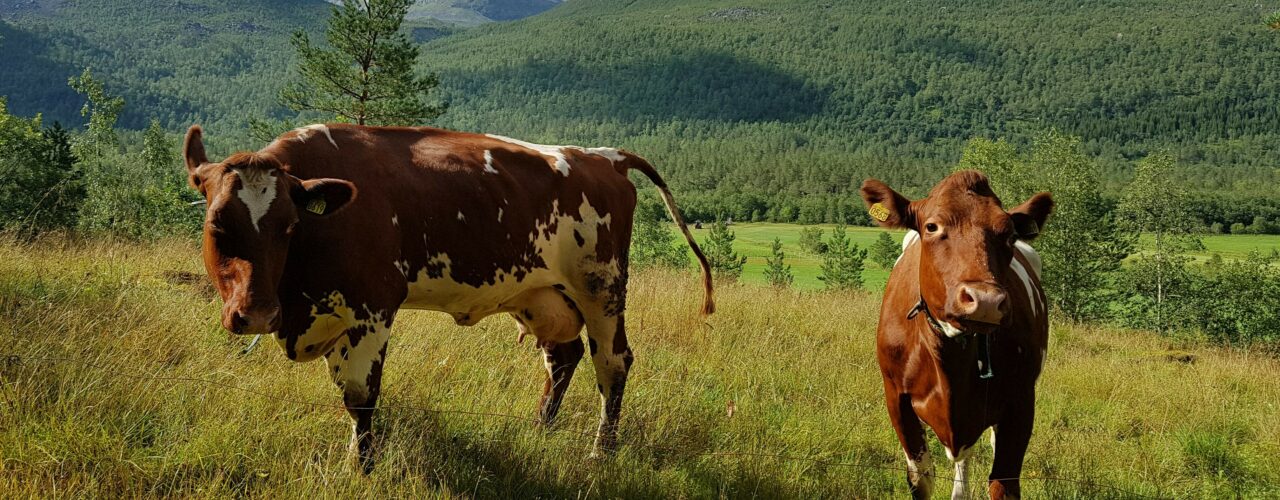
Mobile milking robots for flexible use of grazing resources in Møre and Romsdal
Mobile milking robots can make it possible to adopt grazing on areas where, for example, mechanical harvesting is difficult. However, more knowledge is needed on how this can be achieved in practice. The topology and the structure of use in Møre and Romsdal are well suited to investigate this. Together with our partners, NORSØK will take a look at the possibility of using mobile milking robots in the county.
Background for the project
Møre og Romsdal is one of the counties where the most land goes out of production, and an increasingly smaller part of food production in Norway takes place here. The agricultural strategy for Møre and Romsdal points to the need for increased self-sufficiency in food, and consequently the production of local fodder must be increased, and more resources obtained from range land (“utmark”). In addition, agriculture has several areas where it must contribute, such as in climate, environment and animal welfare.
A challenge within today's milk production is the loose housing requirement and extended requirements for grazing time in summer. These requirements have been introduced as animal welfare measures. Many loose housing barns, and stall barns that have not yet been rebuilt, have such a location that they do not have access to (enough) grazing land for the animals close enough to the building (and the milking robot).
Many former communal pastures, other range lands and much other agricultural land in the county have or are at risk of going out of production. This is due, among other things, to mechanization and the fact that there are fewer farmers to use them. Finding ways to use these areas again will, among other things, free up other areas that are better suited to produce food crops, reduce machine use, and increase biological diversity in the grazing field.
Project goals
The aim of the project is to investigate whether there is interest among the farmers in Møre and Romsdal to use mobile milking robots to be able to use areas which, for various reasons, have or are in danger of regrowing. In addition, we will examine whether it is practical, technically and economically advantageous to choose a mobile milking robot when converting to loose house farming, if it can also contribute to increased pasture use. We will also look at whether this is a solution that makes it easier for those who want to have cows and calves grazing together. Finally, the project will look at a possible innovation for recycling water from the milking robot.
We have five questions to investigate:
- Can a mobile insulated container for the milking robot give an increased opportunity to build non-insulated barns and save development/extension costs of existing barns?
- How should the mobile milking robot be designed and placed to provide increased pasture use and less workload for the farmer?
- Can an operating system with a mobile milking robot produce a smaller environmental footprint (greenhouse gases and carbon sequestration, energy, and biological diversity)?
- Can an operating system with a mobile milking robot provide as good or better operating economics?
- Can we establish a recycling system for water from the milking robot that can reduce costs and water consumption?
In addition, we will disseminate knowledge from the project to the target groups.
